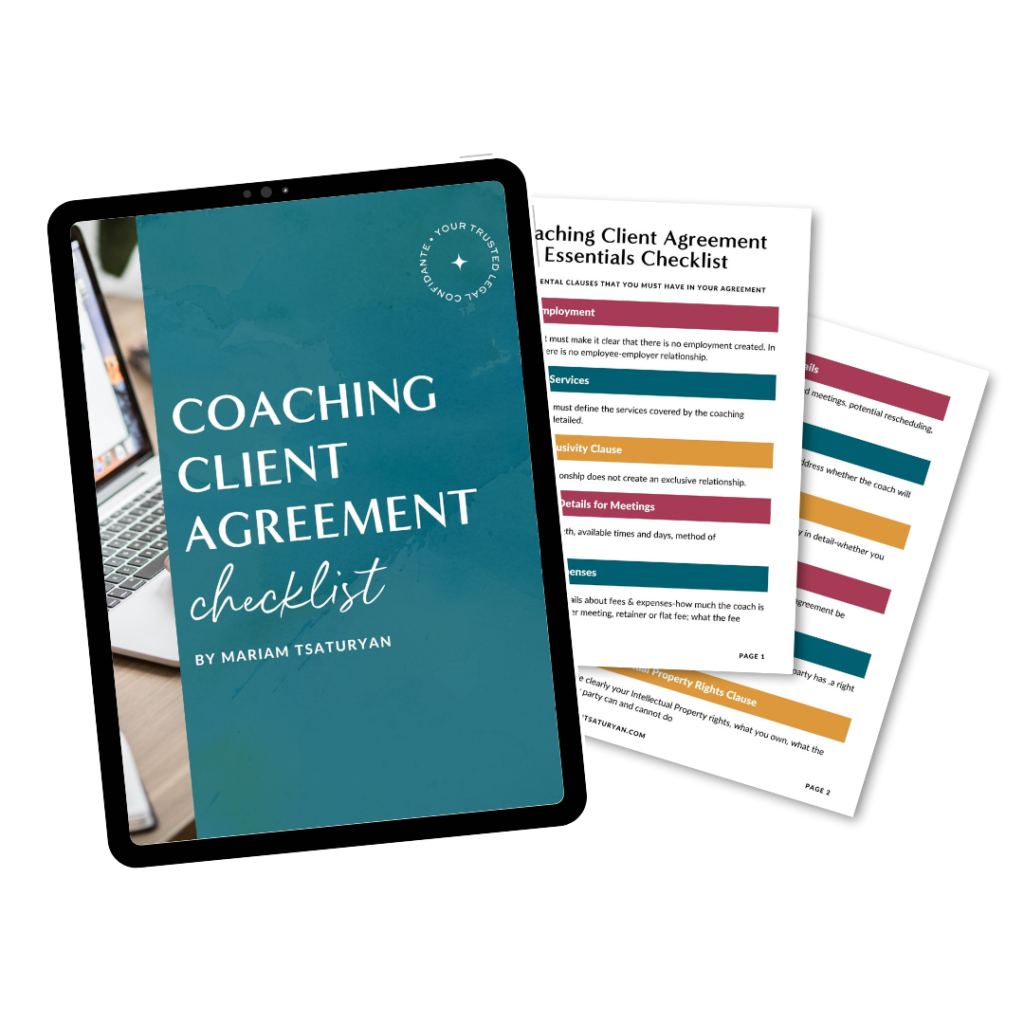Rise Above The Noise With Content Marketing Strategy
Many people don’t spend time on creating a content marketing strategy. Moreover, many marketers don’t have documented content marketing strategy. According to Content Marketing Institute/MarketingProfs content marketing research, marketers with a documented content strategy are:
- Far more likely to consider themselves effective at content marketing
- Far less challenged with every aspect of content marketing
- Generally more likely to consider themselves more effective with every tactic and social media channel
- Able to justify a higher percentage of the marketing budget to be spent on content marketing
Due to the fact that having a documented content marketing strategy is vital for success and effectiveness, I put together a worksheet template for you to create your own content marketing strategy. You can sign up for it below.
What Is Content Marketing?
Per Josh Steimle,
Content marketing is a marketing technique of creating and distributing valuable, relevant and consistent content to attract and acquire a clearly defined audience – with the objective of driving profitable customer action.
The Content Marketing Institute defines content marketing a little differently:
Content marketing is a strategic marketing approach focused on creating and distributing valuable, relevant, and consistent content to attract and retain a clearly defined audience — and, ultimately, to drive profitable customer action.
Even though these two definitions are worded differently, the idea and objective behind both are the same. The main parts are:
- Creating a content
- Making the content valuable, relevant and consistent
- Distributing the content to
- A target audience
- Attract that audience
- Convert the audience into buyers/customers
What is Content Marketing Strategy?
As Content Marketing Institute defines it,
At its core, your content marketing strategy is your “why.” Why you are creating content, who you are helping, and how you will help them in a way no one else can. Organizations typically use content marketing to build an audience and to achieve at least one of these profitable results: increased revenue, lower costs, or better customers.
To understand how you should go about creating a content marketing strategy, you should be asking questions. The questions should cover grounds such as your reasons for wanting to start content marketing. Also, what audience you want to help, how you intend to help them.
Don’t forget to also prepare for what happens if you succeed, what happens if you fail, etc. Only by asking many questions such as these you can finally start forming your content marketing strategy.
As Alli Ligget put it, “A content marketing strategy should guide content marketing efforts.” The reason for creating a content marketing strategy is for your content marketing efforts bring the type of results you’re hoping.
Why Should Businesses/Online Entrepreneurs Create Content marketing Strategy?
Content marketing is a great way for businesses to spread the word about their existence to their audience, to create brand awareness, and to develop audience loyalty. It is the more cost-efficient option in the long run and will continue to bring results for a long time.
According to Hubspot,
Content marketing programs set businesses up for predictable, scalable, and cost-effective traffic and lead-flow that doesn’t rely on securing budget each month. It’s like an annuity.
Paid Advertising vs. Content Marketing
Let’s say you’re a small business who wants to let your audience know about your existence and products/services. You decide to invest some money in paid advertisements. Let’s say you invest $5000 in paid advertising on Facebook or another platform, and as a result get 500 new subscribers to your email list.
This is great, and it clearly worked. However, if you want to continue getting new subscribers, you have to continue to advertise. This means that you have to spend another $5000 or more to get more leads. But what happens when you don’t have that extra money for advertising anymore?

I’ll tell you. Your new customer source runs dry. You stop acquiring new subscribers and leads because you no longer pay a platform to advertise your services or business.
Moreover, according to Miles Anthony Smith of Imaginasium, “It’s getting harder to spur people to purchase directly from a digital ad due to ad blindness and ad blockers. Since this is a trending issue, content marketing is a better substitute for declining interest and effectiveness of paid ads.”
Content marketing creates and builds loyalty. Your subscribers are yours. A few good pieces of content that you create will continue to bring you new leads for months and years to come.
How to Create A Content Marketing Strategy
With content marketing strategy there is no “one size fits all” approach. What your content marketing strategy looks like, what you include in there depends entirely on you and your business preferences.
Content marketing strategy does not have a set template. However, according to Content Marketing Institute, certain key components must be included in a content marketing strategy:
- Your business plan for innovation
- Your business case for content marketing
- Persona and content mapping
- Your brand story
- Channel plan
Jay Baer, the creator, and writer of Convince & Convert blog thinks that developing and having a content marketing strategy is a “requirement.”
While creating a content marketing strategy, you will need to ask and answer several questions. Through these questions and answers, you will be able to form a content marketing strategy.
Build The Business Plan for Innovation
Whether you’re an entrepreneur or a small to medium business, you should be able to give reasons for wanting to do content marketing. Moreover, because this is an innovative approach that you want to take, you have no way to prove return on investment (ROI).
For this reason, you need to be able to structure and plan your actual innovative process and reasons. For example, you need to be able to include these questions and answer them to have a sound business plan for innovation:
- What is the business’s ideal outcome with content marketing process?
- What’s the risk if this process fails?
- What problems or challenges is your business trying to solve?
- What is the budget for content marketing?
- How often do you want to produce content?
- What are you offering that separates your business from others?
- What do you wish or hope to accomplish with content marketing?
Once you have a response to these questions, you’ll have a clearer understanding of what your innovative plan will accomplish. Even if it doesn’t succeed, you’ll still be prepared for that scenario also.
Build a Business Plan for Content Marketing
Once you answered the questions on the innovation scenario itself, are moving forward with content marketing. Now you need to come up with a plan for the actual content marketing.
Before content marketing will move forward, we must ask a few questions just to make sure that it’s worth doing, and that it will help to grow the business. Examples of questions that we should ask and answer are the following:
- What do we hope to accomplish with content marketing?
- Some people might want to increase their brand awareness and recognition
- Others might want to create more customer engagement
- While still others might want to have more leads who convert into your buyers.
- What’s our goal in starting content marketing?
- Is there a need in the market for what we are offering?
- This point goes back to buyer persona pain points.
- Once you narrow down your buyer, you can figure out what problems they have.
- Then you can start offering content to help them and solve their pain points.
- What are the risks? Or what happens if you fail?
- It’s unreasonable and illogical to go into a new venture and not plan for the worst-case scenario.
- You’re still running a business, and you need to know that if this content marketing does not work, you’ll still have your business.
- In other words, before you even start, you need to create safeguards in case of failure.
- Is there a big enough need to justify spending all that money on content marketing process?
Narrow Down Your Audience and Create a Buyer Persona
I’ve talked about how to create a target audience or a buyer persona in detail in another post. You can read all about it here. However, I’ll quickly go over it again.
Creating a buyer persona is of the utmost importance when creating a content marketing strategy. This is the audience that is going to benefit from your content marketing, and in turn, these are the people who will become your loyal leads and customers.
You can develop your personas by giving them detailed characteristics and traits. You can give them a name, family, habits, career, and traits, etc. When creating a content marketing strategy, your goal should be to focus on this audience. You should ask yourself how you can help them, and why they should buy from you particularly. For more information on how to create a buyer persona, read my post on it.
Tell Your Brand’s Story and Journey
The key here is to offer a story to your target audience that they can relate to and feel a connection with. This is your chance to show your business as more than just a money-hungry machine that is trying to tell products to people.

In this story-telling is where you establish your uniqueness and difference from others. Why do you current customers identify and buy from you?
You can share a goal you have for your business with your audience. Whether or not you attempted this challenge previously or not.
Also, you can tell a story about your brand how you want to take your business and your audience in an unfamiliar direction. This can be effective if done right because essentially you’re asking your customers to become part of the journey and see where it leads you.
Telling your Brand’s story is an essential aspect of creating a content marketing strategy. This is the pillar upon which your audience will lean on.
Lastly, Determine Your Content Marketing Channel Plan
The channel plan is essentially you deciding how are you going to distribute your content to your audience. You will need to go back to your persona determining stage and take a look at your buyer personas’ habits.
Moreover, when creating a content marketing strategy, determining your channel plan cannot take a backseat. Even though this is the last step in the process, it is arguably the single most important step in the process.
Through creating your channel plan, you know how and in what way to get your content across to the masses. What objectives do you have with each particular piece of content, and what do you hope to accomplish.
Do situational analysis for your first step
Your initial step when creating a channel plan should be to do a situational analysis. This means that you need to take a look at:
- What you have already available that helps you tell a story
- Examples: Website, blog, Facebook, LinkedIn, etc.
- If you need to change anything to tell the story better
- Examples: Maybe you need to create a second blog, or add a blog if you don’t have one.
- Maybe you should open an online store, or add reviews section
- Examples: Maybe you need to create a second blog, or add a blog if you don’t have one.
- Or if you need to stop anything that you’re doing to tell a story better.
- Examples: Possibly cut back on Facebook and other social media, and concentrate instead on blog and content creation.
What Are Your Goals And Plans?
Once you do do a situational analysis, and understand where you stand, it’s time to state your goals and objectives. For example, what’s your objective for each channel? Is it to create engagement? Is it to get email subscribers?
Depending on your specific goals and plans, your channel plan will vary. For example, if your goal is to get more subscribers, then you can possibly create a contest or a challenge to do it.
Aside from objectives, when creating your channel plan, you should also keep in mind who you’re addressing. In other words, your buyer persona should never be away from your mind.
For further reading on creating channel plans and examples, click here.
Conclusion
Creating a content marketing strategy is extremely important for your content marketing efforts to pay off. There is no one particular way of creating your marketing strategy. However, there are certain topics and subtopics that you should cover when creating a content marketing strategy.
Also, keep in mind that creating a content marketing strategy is not a one-time deal. Depending on your business needs, your growth rate, and your targeted audience, your content marketing strategy might need to change with time. In other words, it’s a living document that must adapt to your needs.



This was such an awesome post and so valuable. Thank you for sharing <3
Always,
Jinapher Hoffman of TheJinapher.com
You’re welcome 🙂 I am glad you found it valuable. Let me know if you have any questions.
Yes if takes time to do content marketing but it’s great on the long term. thanks for such a detailed article Mariam!
You’re welcome Natacha! Glad you found it helpful. I love content marketing, as I think it’s a sustainable source in the long run.
Content marketing is indeed helpful if we are not fan of a paid advertising. The onlg disadvantage of content marketing is that it takes time before it pays off. Great piece of informative article my dear.
I definitely agree with you that it can take some time for the results to show. However, the long-term success and effectiveness of it makes up for that wait in my opinion. Thanks for stopping, Paul! I appreciate the thoughtful comment.